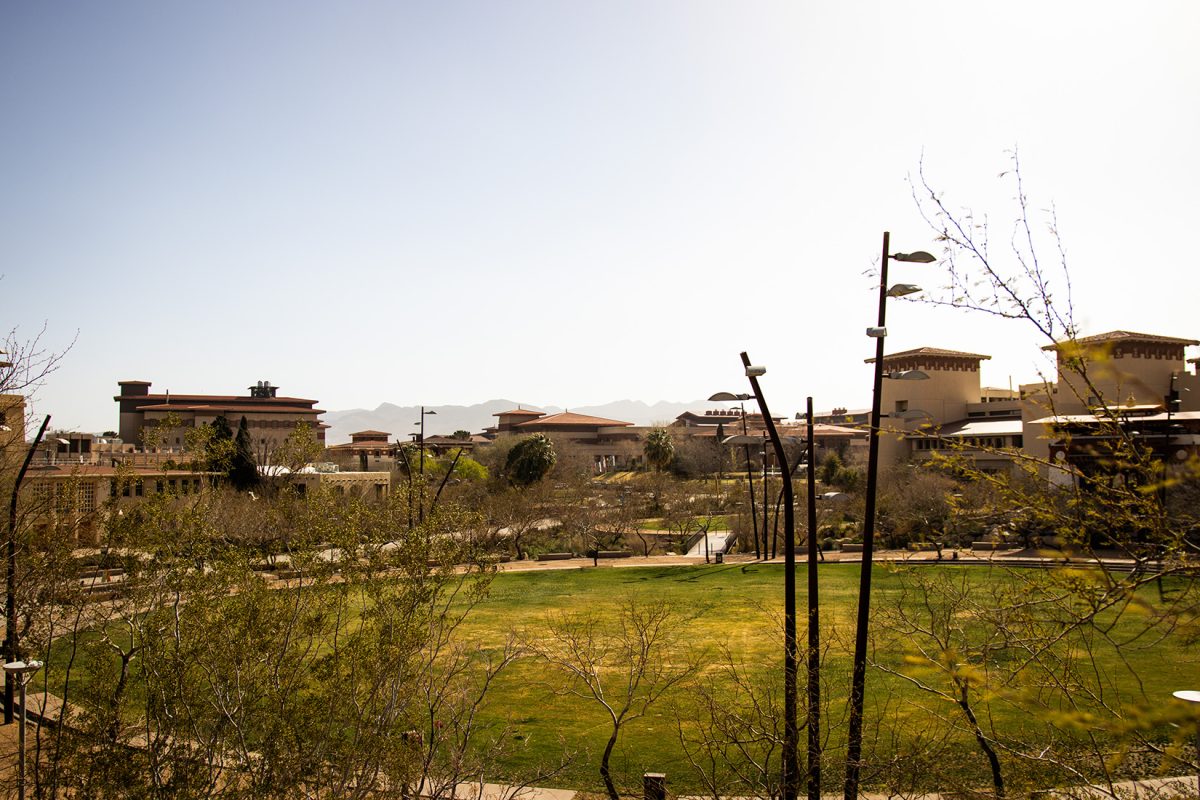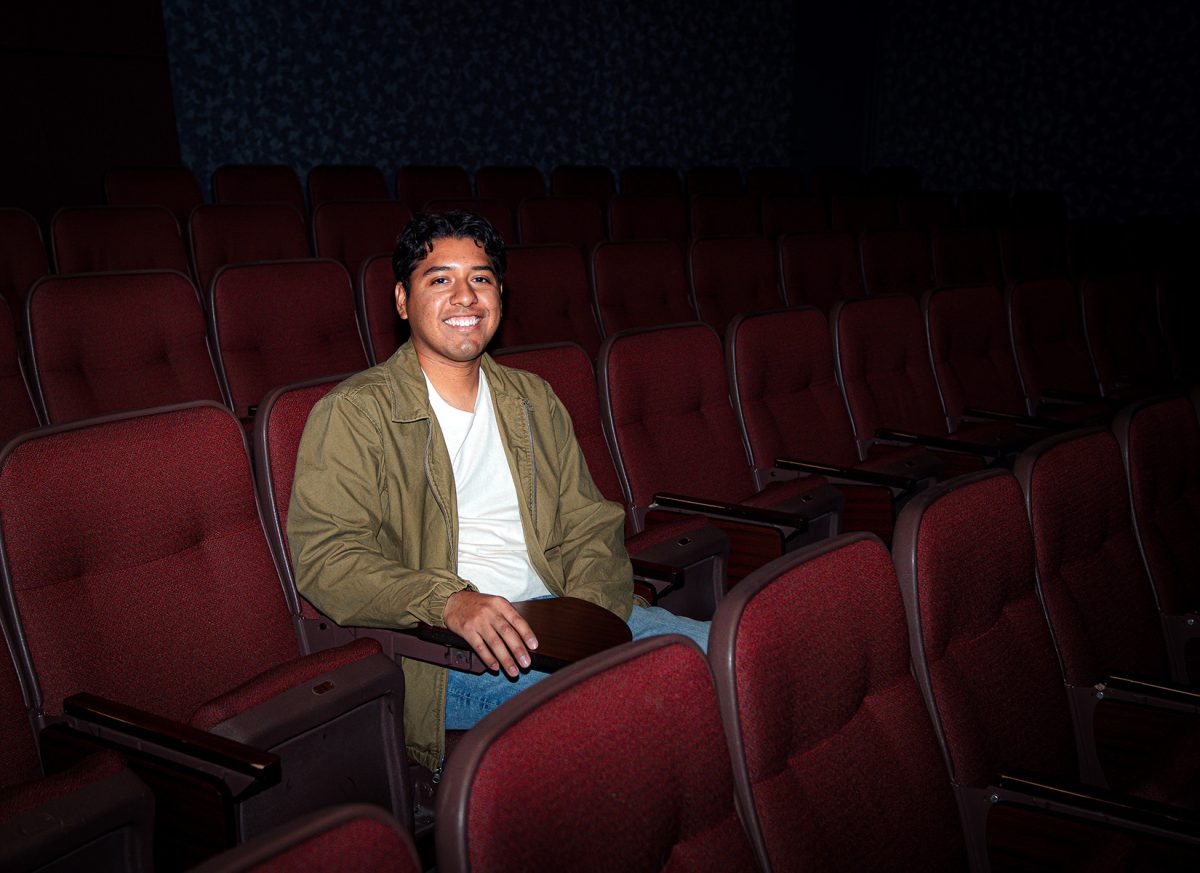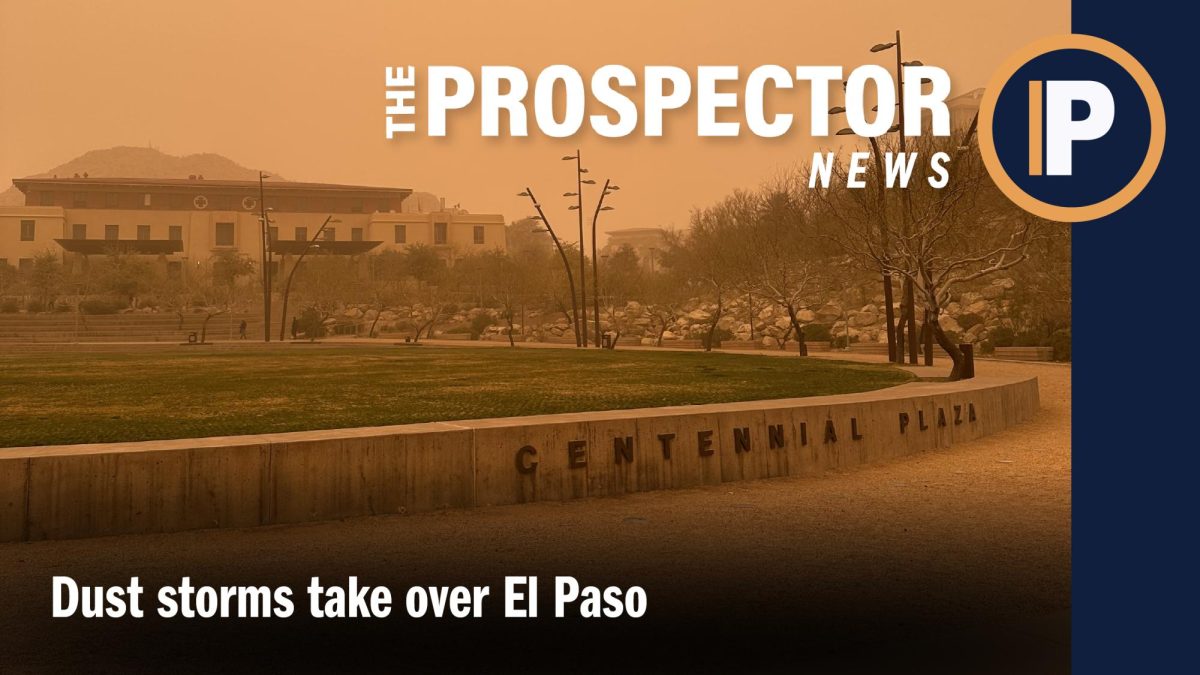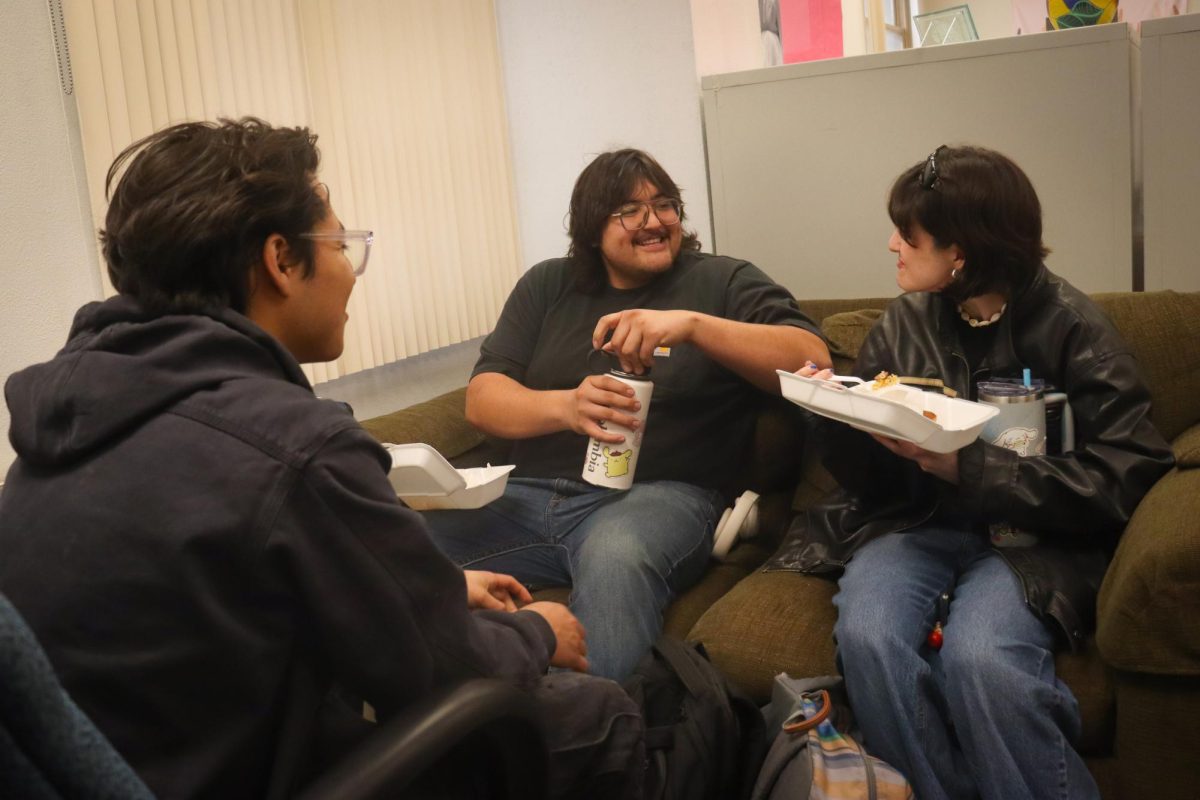The borderland and UTEP bustle with activity as the El Paso community prepares for a week of celebrations around All Hallow’s Eve.
“We are in a very peculiar place,” said Guillermina Nuñez-Mchiri, associate professor of anthropology. “The El Paso Del Norte border region is known as the Ellis Island of the Americas.”
With the wide spectrum of cultures present on campus, citizens of the borderland have the opportunity to experience a variety of ways to celebrate the holidays centered around Halloween.
Nuñez said that because people from different backgrounds linger in El Paso, they inject and reinvigorate the traditions.
In El Paso, the Halloween season runs three days. Oct. 31 is Halloween-proper, a celebration descended from European Christendom muddled with pagan traditions.
Nov. 1 is Día de los Santos Inocentes (Day of Innocent Saints) commemorating young children who have passed away, and Nov. 2 hosts the Día de los Muertos (Day of the Dead), a holiday combining Christian and indigenous traditions.
Among UTEP students, Halloween seems to be less about the spirituality and more about the colorful accoutrements and associated activities.
“I’m going to party, go to a concert, EDM (electronic dance music), then maybe a bonfire,” said Natalie Beagle, freshman economics major.
But some plan to use the day as an opportunity to give back to the community.
“I recently started volunteering with the (Fabens) fire department and we’re hosting a haunted house,” said Margarita Espinoza, sophomore microbiology major.
There seems to be a schism between Halloween and the spirituality associated with other days of religious observations, particularly when juxtaposed against the more spiritually inclined holidays, such as Día De Los Santos Inocentes.
“It is a choice,” Nuñez said. “I can dress my kid as Iron Man and I can have an altar in memory of my
father’s departure.”
The opportunity to explore both sides of the coin is appealing to some students.
“I like being here in El Paso for Halloween,” said Regina Munoz, junior accounting major. “I get to spend one night getting candy and then go put Calaveras (usually candy skulls) in the graveyard.”
This mix of cultures becomes more apparent as lines on the bridge surge over the border during Halloween with Juarenses coming stateside to celebrate the holiday.
Nuñez encourages students to show-up and partake in these cultural traditions.
“It is not sadness, it is a celebration of life,” Nuñez said. “It is an opportunity to get to know a different culture.”
S. David Ramirez may be reached at [email protected].





